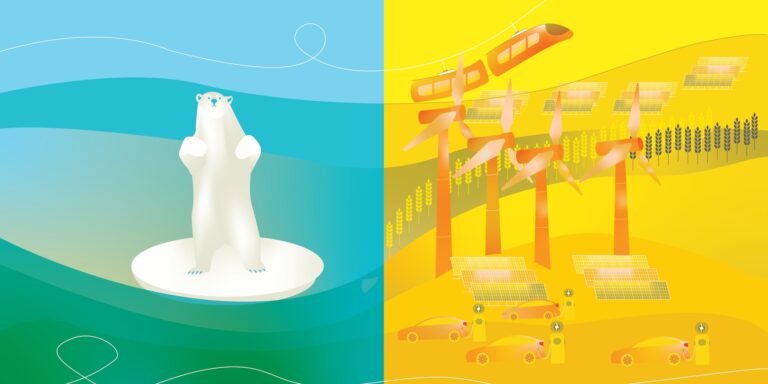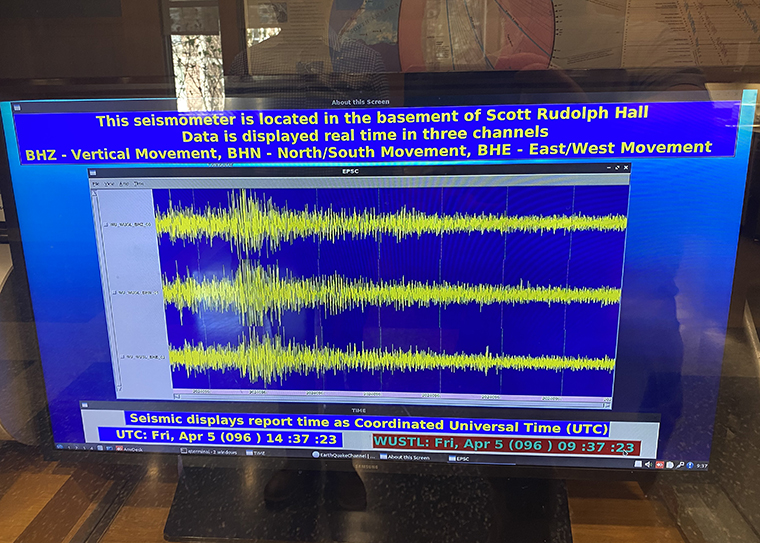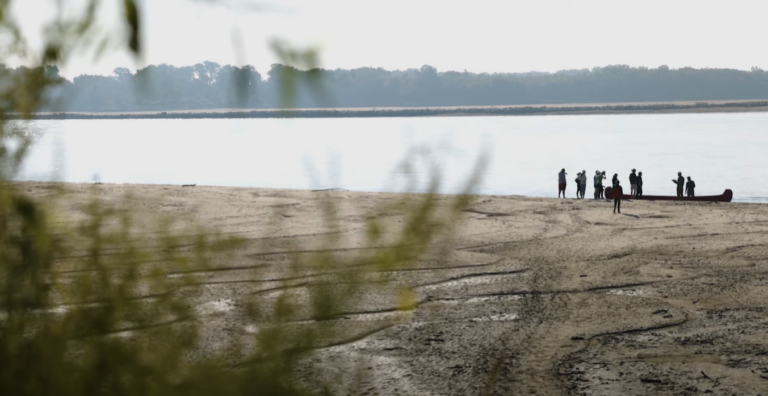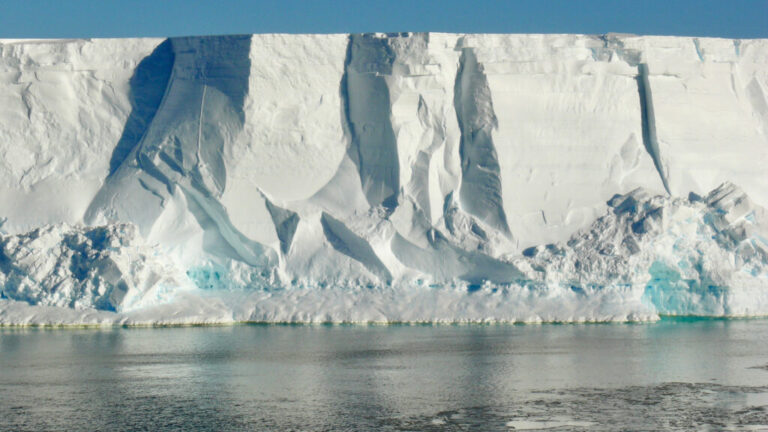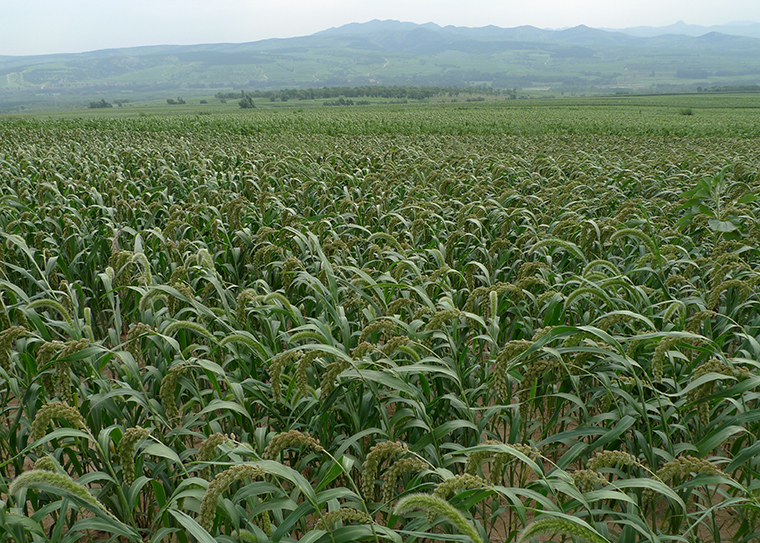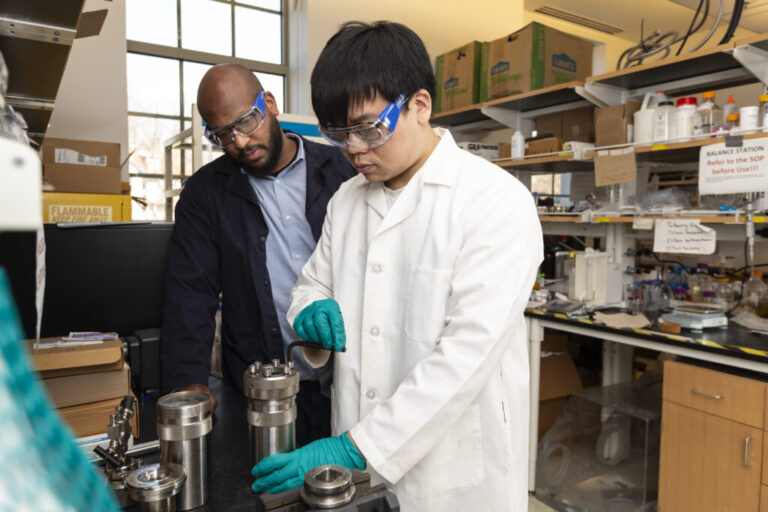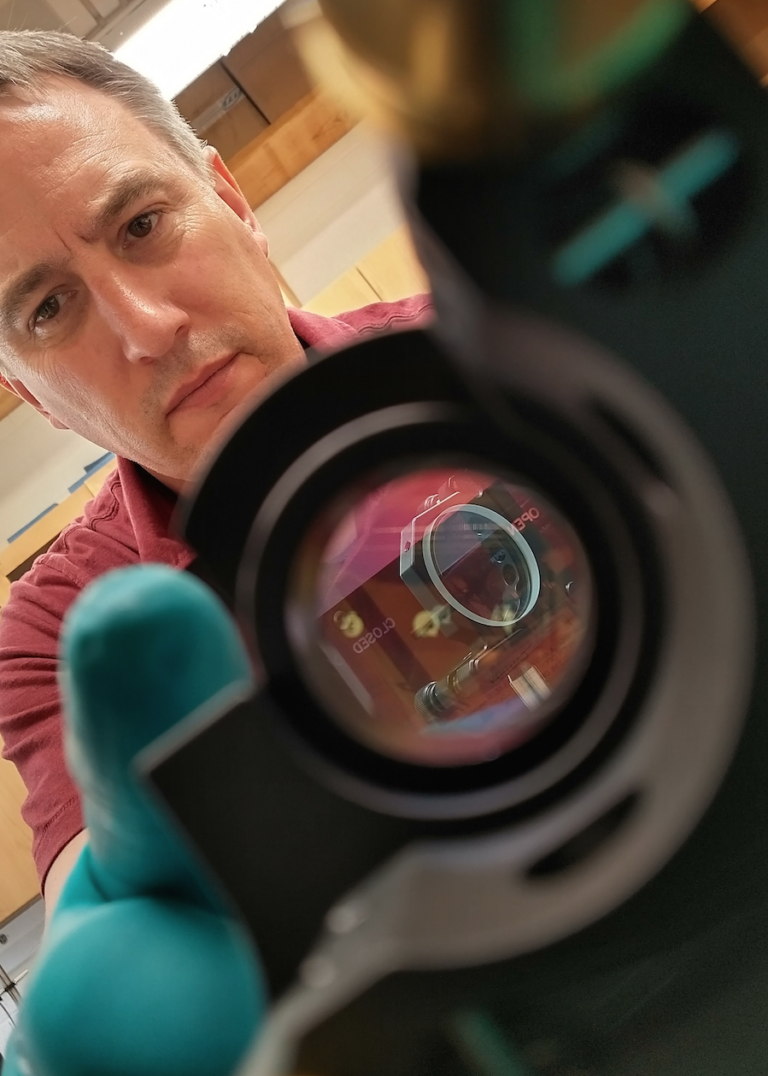Evidence isn’t enough
Undergraduates are learning how science communication and moral worldviews intersect.
WashU Expert: Tremor a reminder that East Coast, Midwest earthquake threat is real
A magnitude-4.8 earthquake beneath New Jersey shook the northeastern United States at 10:23 a.m. Eastern April 5. The seismograph at WashU’s Rudolph Hall recorded this event. Douglas A. Wiens, professor of Earth, Environmental, and Planetary Sciences, shares.
Arpita Bose named Fulbright Scholar
The associate professor of biology will travel to Belgium to continue her work on the green potential of purple bacteria.
Masteller wins NSF CAREER award
Claire Masteller, assistant professor of Earth, Environmental, and Planetary Sciences, has won a prestigious National Science Foundation award for a study that will look at the erosive power of ocean waves on rocky coastlines.
The hidden river: Hoeferlin on watersheds, climate change and how the river shapes St. Louis
In this video, Derek Hoeferlin describes how a highly managed system of locks and dams has transformed the river over the last century — and how that transformation affects local perceptions as well as potential responses to climate change.
Largest ice shelf in Antarctica lurches forward once or twice each day
WashU seismologist Doug Wiens discovered that unexpected movements of the Ross Ice Shelf are triggered by the sudden slipping of parts of the Whillans Ice Stream.
Movement of crops, animals played key role in domestication
Archaeologist Xinyi Liu’s field work on the Tibetan Plateau, inner Mongolia and regions across Central Asia has contributed to a better understanding of the globalization of food in deep antiquity and its biological and social consequences.
Transforming wood waste for sustainable manufacturing
Foston takes detailed look at lignin disassembly on path to replace petroleum with renewables
With NASA support, device for future lunar mission being developed at WashU
Scientists at WashU are developing a prototype for an instrument for a future Moon mission with support from a nearly $3 million grant from NASA.
‘Santiago Sierra: 52 Canvases Exposed to Mexico City’s Air’
The Mildred Lane Kemper Art Museum at WashU will present this exbibition Feb. 23 through July 29. It consists of 52 canvases that Sierra placed on the floor of a city building, highlighting the contaminants that can poison the urban environment.
